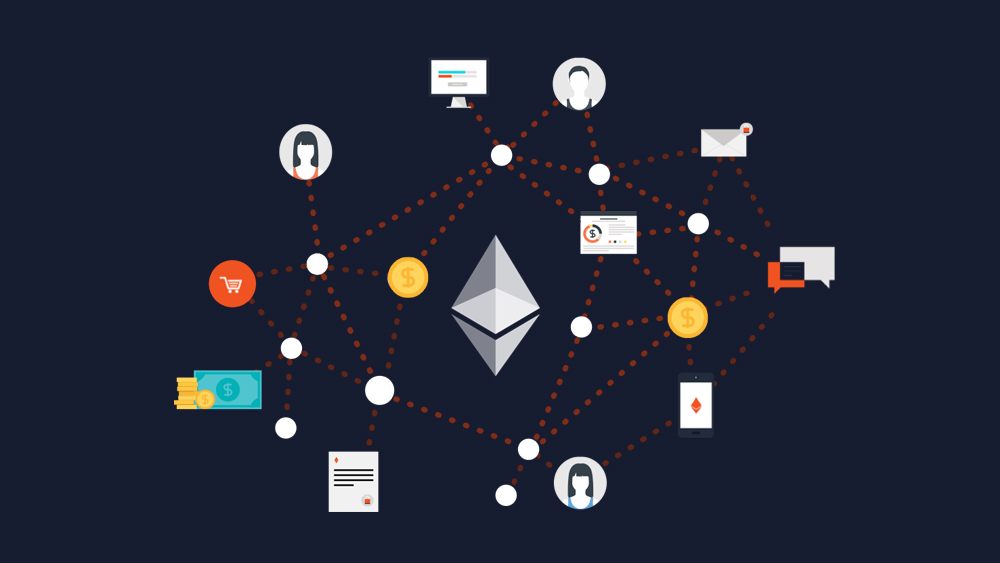What is a decentralized application (dApp)?

A new generation of Internet — Web 3.0 — will be based on decentralized technologies. The transition to Web 3.0 will be long and gradual, but solutions based on decentralized technologies — and, above all, dApp — are entering real life right now.
dApp is a backend-free application in a decentralized computer system — for example, on a blockchain.
Accordingly, dApp uses the main advantages of the blockchain: transparency, reliability and data immutability.
According to Dapp.com, at the beginning of May 2020, more than 3,000 decentralized applications were released. About half of them are supported by developers, and more than 150 thousand users access dApp daily, making more than 2 million transactions.
For an application to be considered a Dapp, it must meet the following criteria:
1. The application must be fully open source, work autonomously, without control. The utility can be adapted, improved for users, but all changes should be decided on the basis of the consensus of its participants.
2. To avoid any central points of failure, all application data and job records should be cryptographically stored in a publicly distributed decentralized blockchain.
3. The application must use the token (bitcoin or altcoin specific to a specific system), which is necessary to access the application. In addition, any contribution from miners should be rewarded with application tokens.
4. The application is required to generate tokens in accordance with the standard cryptographic algorithm, which acts as evidence that the nodes are reliable (bitcoin uses the Proof-of-Work algorithm).
The field of DAPP is developing rapidly. Although DAPP developers currently prefer the Ethereum platform, there are also such platforms as RSK on Bitcoin, Ethereum Classic, Cardano, Lisk, QTUM and NEO. Other large-scale DAPP platforms are also being developed.
The advantages of DAPP (which traditional centralized applications do not have) indicate that in the near future we can expect impressive new features and applications of blockchain technologies.



